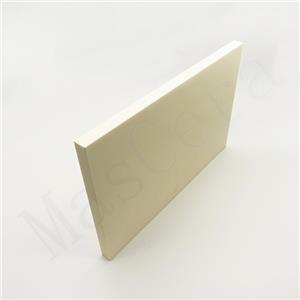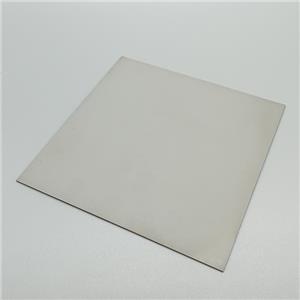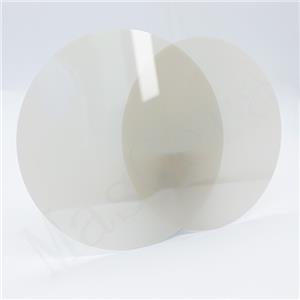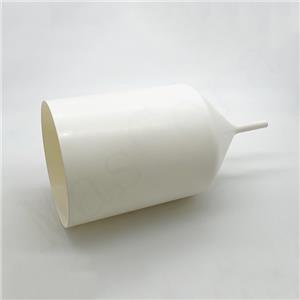How to Choose the Right Ceramic Washer Thickness
Ceramic washers are extensively used in power electronic devices, serving both as thermal management components and critical electrical insulation layers. Choosing the appropriate ceramic washer thickness can significantly impact device performance. Here are key factors to guide your selection:
1. Thermal Management Requirements
Ceramic thermal washers provide essential heat transfer capabilities. Thinner washers offer lower thermal resistance, enabling faster heat dissipation. For high-power density applications such as IGBT modules or high-frequency power supplies, selecting thinner ceramic washers (around 1mm or less) ensures efficient heat removal and extends component longevity.
2. Electrical Insulation Needs
Ceramic wafer insulation capability depends on its thickness. Thicker washers provide higher voltage withstand capacity. For high-voltage applications, such as electric vehicle drives or high-voltage inverters, thicker ceramic washers (e.g., 2mm) are recommended to ensure sufficient insulation and prevent electrical breakdown risks.
3. Mechanical Strength and Reliability
Thicker ceramic washers offer superior mechanical strength and resistance to mechanical stress, reducing risks of cracking during installation or operation. If the installation involves bolt fastening or operates in vibration-prone environments, choosing a thicker washer (e.g., 2mm or more) will enhance mechanical stability and safety.
4. Installation and Surface Conformity
Thinner ceramic washers typically achieve better conformity with surfaces but require high surface flatness on both the device and heatsink. If surfaces are uneven or tolerance variations exist, increasing washer thickness slightly (e.g., to 1.5mm or 2mm) can help accommodate these imperfections and maintain stable heat transfer.
5. Package Types and Application Scenarios
Different package types typically have specific ceramic washer thickness preferences:
✔ For standard packages such as TO-220 or TO-247 ceramic washers, 1mm thickness is commonly used.
✔ For higher voltage or mechanically demanding applications, 2mm alumina ceramic washers are often preferred.
Selection Recommendations:
● Prioritize meeting electrical insulation requirements to determine minimum thickness.
● Opt for thinner washers where possible to reduce thermal resistance.
● Increase thickness if mechanical stresses or installation conditions are demanding.
Selecting the correct ceramic washer thickness involves balancing electrical insulation, thermal management, and mechanical strength considerations to ensure reliable, safe, and efficient device operation.




